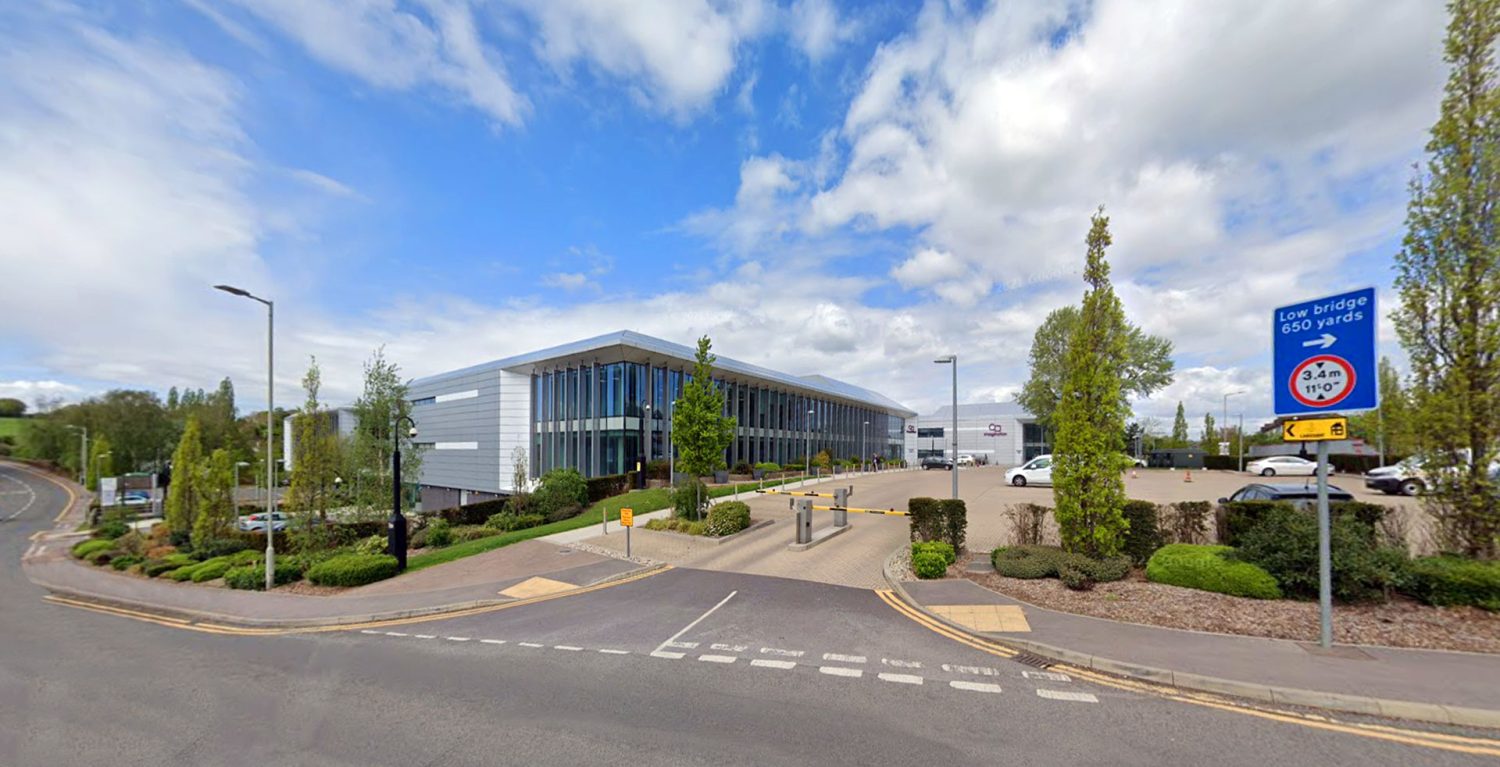Client
Semiconductor company
Sector
Commercial
Project Type
Tankering, smoke-testing
Equipment Used
Tankering, CCTV, smoke-testing
Onsite Duration
2 hours
Location
Hertfordshire
IntroductionWe are contracted to provide monthly tankering of two large grease traps at the headquarters of an international technology company in Hertfordshire. Following a kitchen refit, foul odours were frequently detected in the kitchen. We were asked to find their source and the route into the kitchen. MethodThere were several potential sources of the foul odours.
The two large grease traps are situated outside the building and only accept waste from the kitchen. They separate the fat, oil and grease (FOG) before discharging the remaining wastewater into the main sewer under gravity. The small passive grease trap receives water from the kitchen’s pot wash sink and is dosed with a fat-digesting enzyme. On examination it was relatively clean and well-sealed so unlikely to be the source of the smells. The self-cleaning oven steam cleans itself nightly and the runoff discharges into the kitchen’s drainage network before draining into one of the external grease traps. Its discharge line is fitted with a dosing device, but the enzyme solution had not been replenished. After we tankered and cleaned the external grease traps, we checked both upstream pipes for blockages using a push-rod CCTV camera. Both were clear. Next, we smoke tested the pipes by blocking the discharge into the grease traps and introducing the smoke via upstream manholes. Our smoke machine rapidly generates a dense aerosol which can travel long distances along drains to reveal leaks. The highly visible “smoke” is water-based, long-lasting and non-toxic. Testing the first grease trap did not reveal any leaks, but when the line upstream of the second grease trap was tested, smoke quickly billowed from the kitchen’s self-cleaning oven. It was the only point at which the smoke entered the kitchen. A quick examination of the oven’s drainage connection revealed it was not fitted with a P-trap or non-return valve. This meant the external grease trap and drainage network was venting through the oven. ResolutionWe swiftly found the source of the bad odours and have recommended a trap or non-return valve is fitted to the oven’s discharge line to prevent the problem recurring. 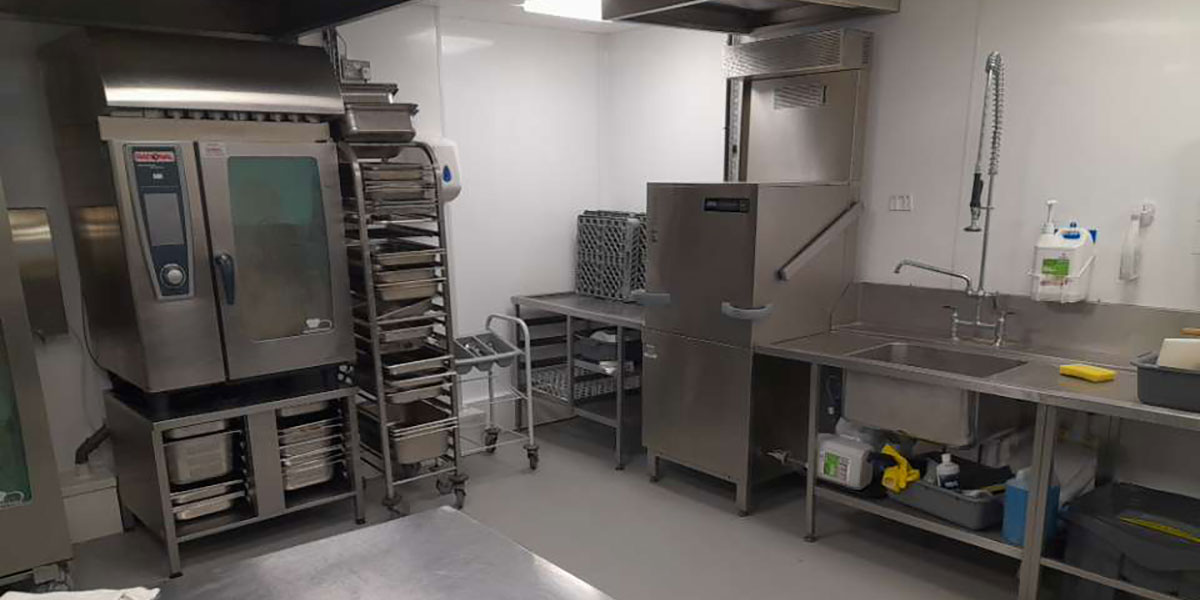
The kitchen with the self-cleaning oven to the left.
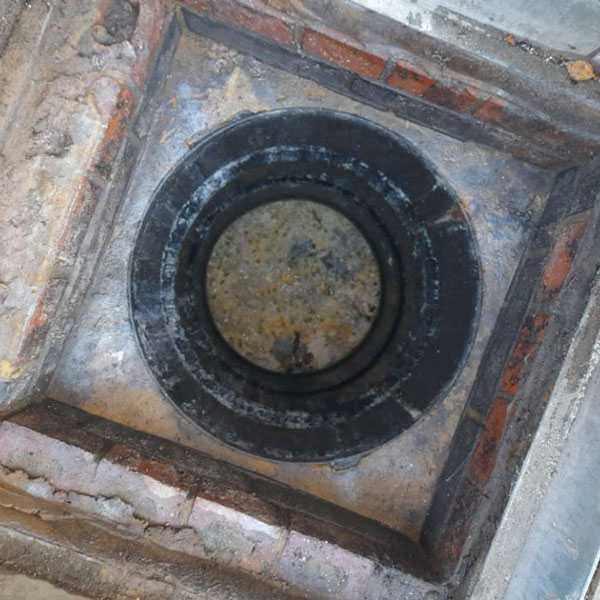
One of the external grease traps before tankering and cleaning.
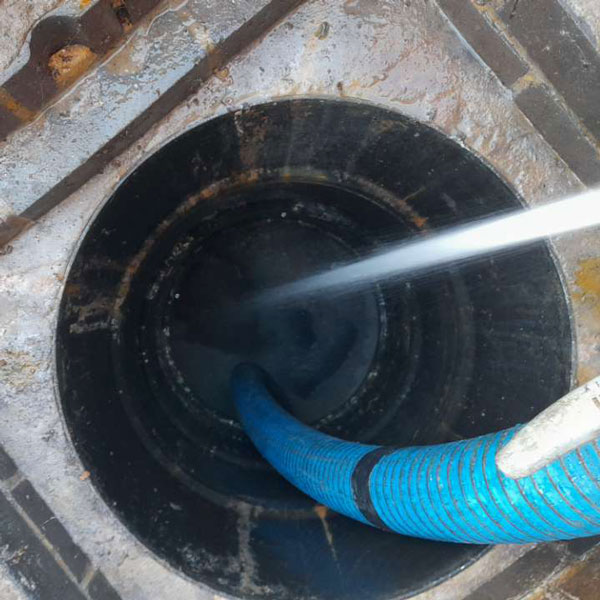
Tankering and jetting the grease trap.
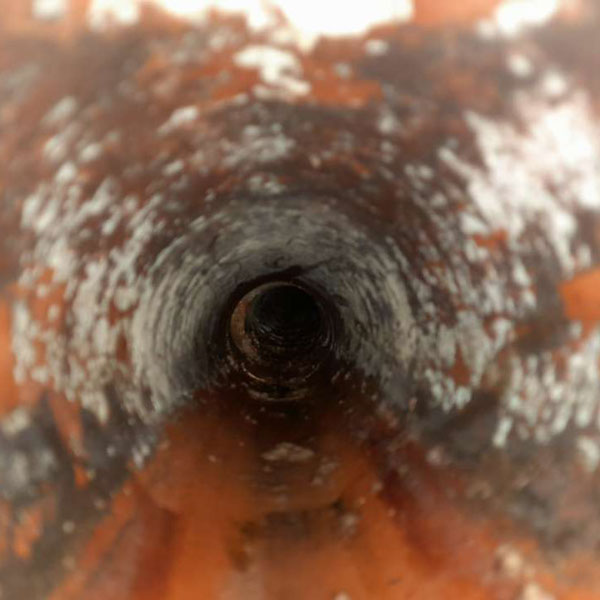
Investigating the upstream pipework with push-rod CCTV.
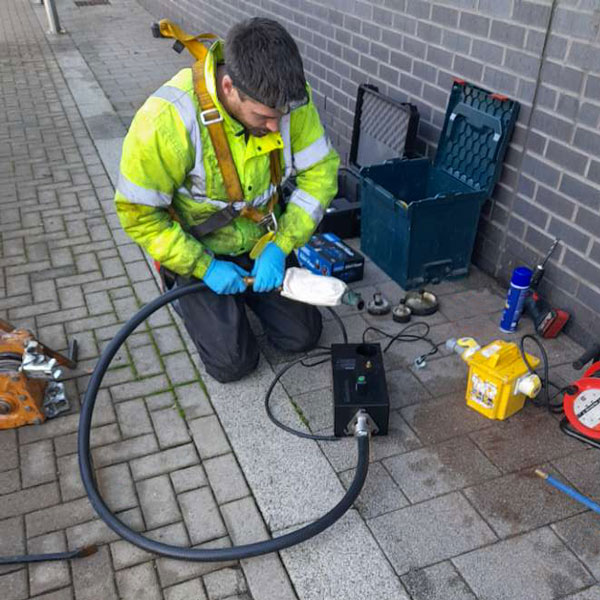
Preparing the smoke-testing machine.
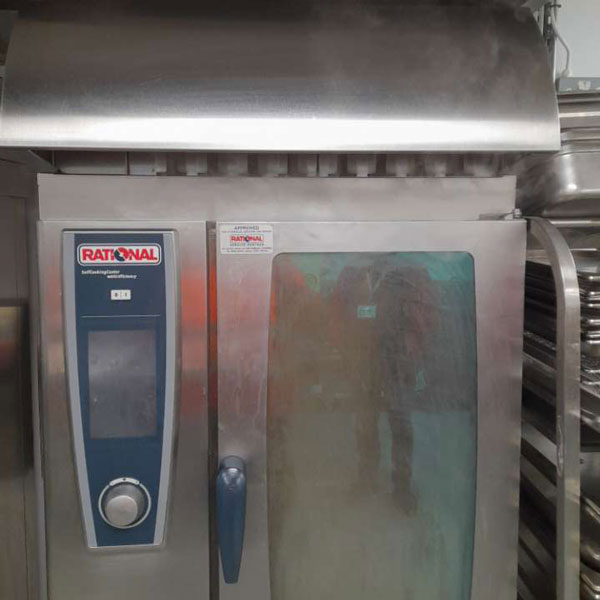
The self cleaning oven full of smoke with smoke billowing from the upper vents.
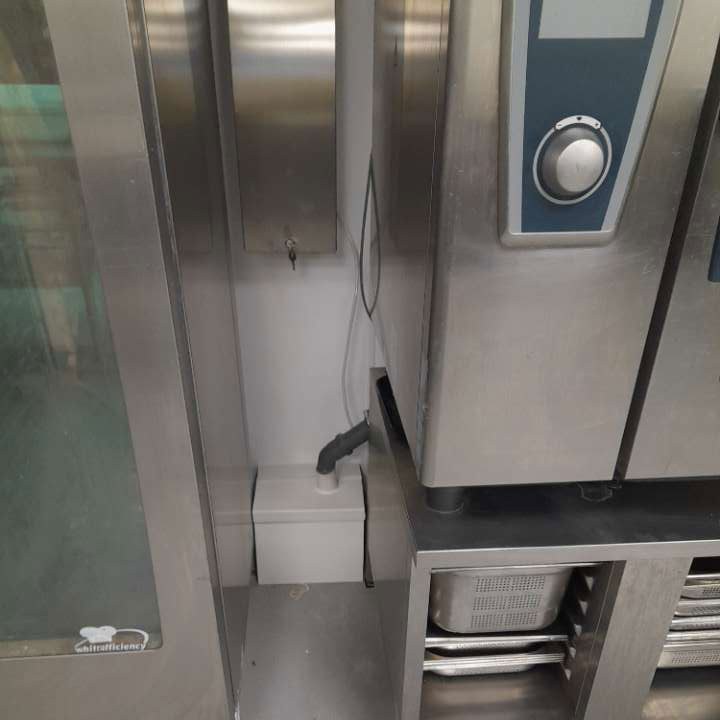
The discharge from the oven into the drainage network.
|
|

